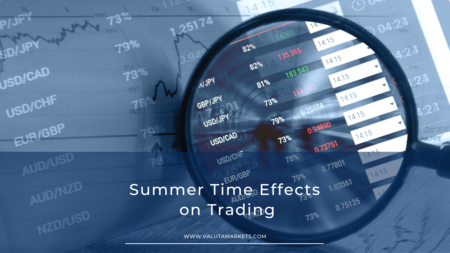Seasonal changes affect the stock market. During the different seasons, you may notice notable changes in stock prices, that is, the rise or fall of share prices. This is often a result of the changes in traders’ activity in the market.
It is summer, and the stock market is expected to experience some peculiarities. Experienced traders understand that summer is one of the most challenging trading periods, with some similarities to Christmas. Here is what you need to know about trading in summer.
1. Low Trading Volume
Summer months are slow for the market. One of the contributing factors is that most traders are usually on vacation in the summer months, leaving the market with minimal activity.
This leads to low liquidity and, consequently, high volatility. Due to the low number of people investing and trading, the trading volume drops.
The number of shares sold and bought also reduces. They don’t move as much as they do in April and December.
Due to the low trading volume, it is hard for traders to know the reasonable price for a stock they are interested in. Understanding this goes a long way in helping you develop the right strategies.
2. Increased Volatility
When there is low trading volume, there is increased volatility. When stocks have a high trading volume, a considerable number of stocks exchange hands over a given period; many investors are interested in buying and trading the stocks.
When the trading volume is low, the stocks are much harder to sell due to the low interest. The ask and bid price spread is much broader, increasing the volatility of the stocks. The high volatility increases the potential to make profits but also increases the risk of enormous losses.
3. Increased Market Misconduct
The market is susceptible to market misconduct when the trading volume is low and volatility high. For instance, salespersons get the opportunity to make cold calls to traders claiming they have insider information on shares that will appreciate multiple times the current value.
Other types of misconduct during high volatility and low trading volume season are stock market manipulation, price rigging, false trading, and misleading information to induce transactions. Many traders are likely to fall prey to dishonest traders in the summer.
4. Market Manipulation
Market makers often inflate or deflate security prices during this period. The market makers understand that buyers are keen on getting in and out of the market when there is low liquidity. They also know they can take advantage of traders.
For instance, they can buy shares at 10% below their market value. This means traders can make huge losses when selling their shares at this time.
How to Trade in Summer
It is usually best for traders to take a summer break and return when the volatility reduces and the slowdown improves. However, if you prefer to remain active, a few strategies exist.
1. Shift to a Daily Timeframe
Daily charts are more reliable than hourly ones when there is low trading volume. This is because short timeframe charts give false breakouts when the market is slow. Daily charts give traders enough time to cross-check false signals.
Daily charts are also more effective as the indicators are more sensitive to price movements in this market condition.
2. Reduce Trading
Take a step back from trading in summer to avoid making mistakes. If you trade four times a week, bring it down to about once in two weeks. The high volatility increases the chances of losses, and careful trading is required.
Wait until the conditions are favorable to resume. Use this time to improve your strategy and knowledge of the markets.
3. Adjust Your Risk-Reward Ratio
When the trading volume is low and volatility is high, experienced traders reduce their risk-reward ratio. Adopt the same approach when trading in summer. For instance, if your risk-reward ratio was 1:4, reduce it to 1:2.
A lower risk-reward ratio will help you manage your losses. The strategy’s profit potential is higher than the risk, making it an ideal choice considering the high-volatility market conditions.
4. Trade One Stock and Strategy at a Time
Trade using one strategy during the summer months to avoid distractions. Working with a strategy you have tried and proven effective is better at this time than mixing them up. Trade one stock at a time to prevent distraction and also minimize the imminent risk during this time.
In addition to the trading strategies above, traders should look for market catalysts like company earnings, management changes, and mergers and acquisitions.
Conclusion
Low trading volume and high volatility hurt traders’ psychology. They are compelled to trade aggressively to counter the market movement. It also limits trading opportunities for forex investors.
Traders are often advised to take a break during summer and resume activity when the market picks. They can take a break to refine their trading strategies, renew their energy and enhance their trading knowledge.

